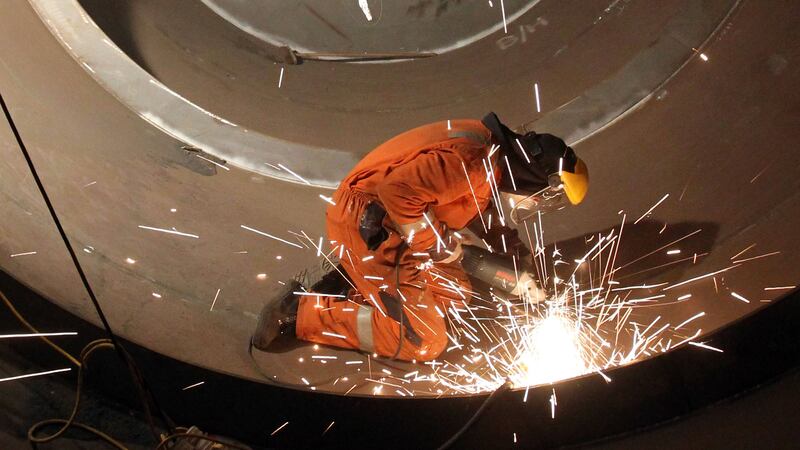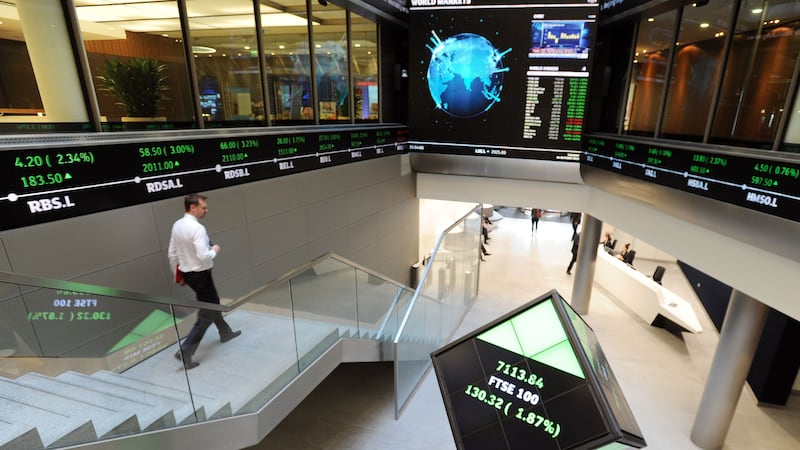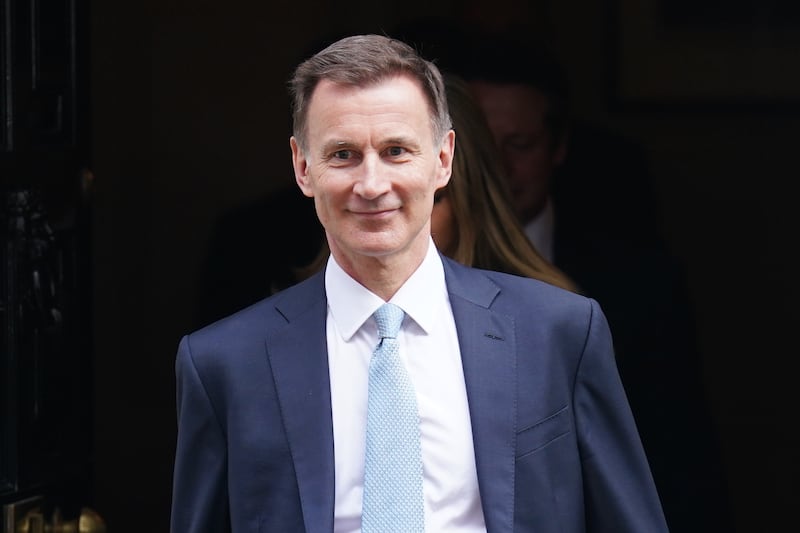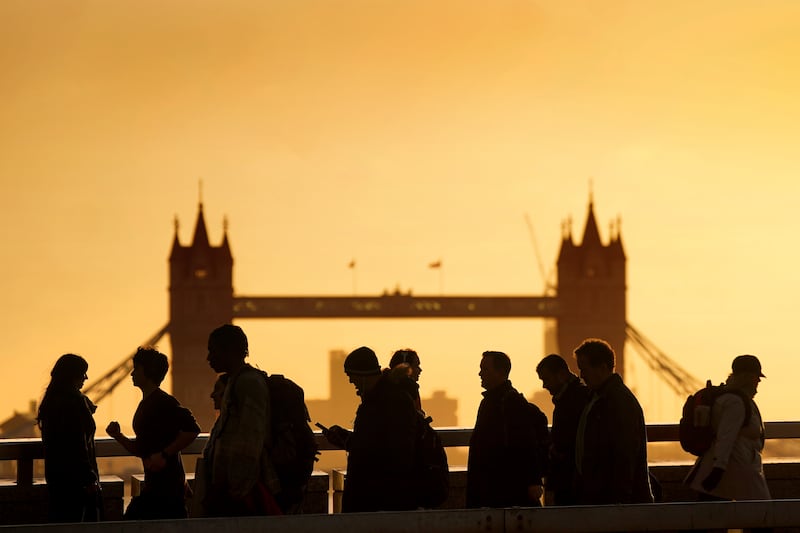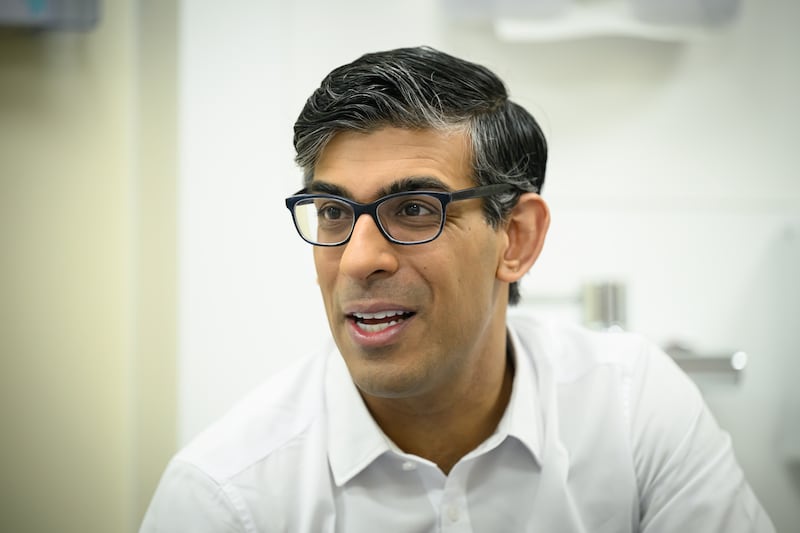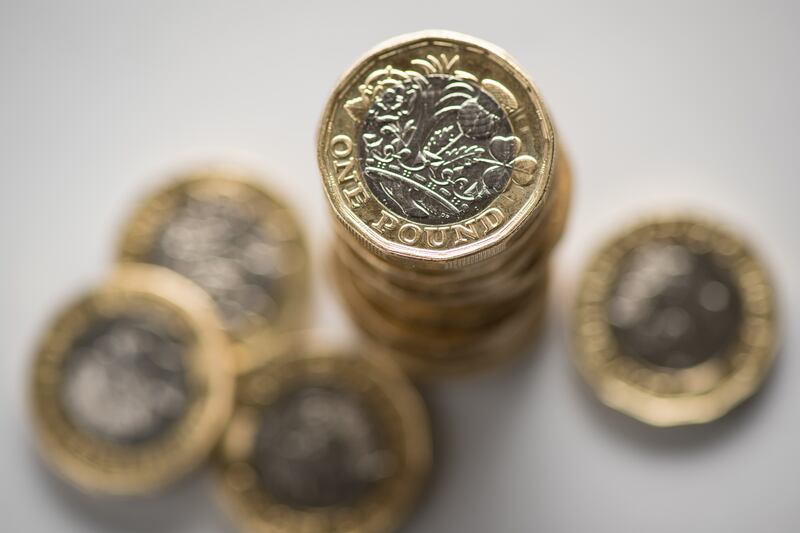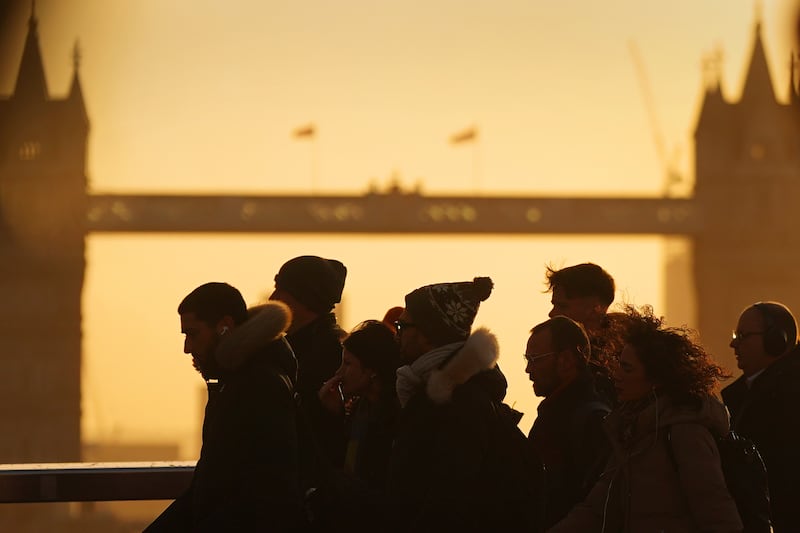UK growth bounced back in the second quarter of 2015 as gross domestic product (GDP) increased by 0.7 per cent, according to official figures.
It means GDP per head - a measure which takes into account that the nation's wealth is shared by an expanding population - has now caught up with pre-crisis levels at the start of 2008.
The overall GDP figure, published by the Office for National Statistics (ONS), was in line with expectations.
Confirmation that growth is now back on track could add to speculation about the timing of an interest rate being brought forward.
A return to form for the dominant services sector, which has led the economy out of recession, helped the UK improve on a disappointing start to the year when GDP increased by just 0.4 per cent.
Tax breaks for the beleaguered North Sea oil and gas industry, meanwhile, helped the production sector to its strongest performance for four and a half years.
The mining and quarrying sub-sector within which oil and gas output is classified saw its best quarter for nearly 26 years.
But Britain's factories - which have been hit by the strength of the pound weighing on exports - struggled. Manufacturing shrank by 0.3 per cent, the worst performance since the start of 2013.
The construction industry was also flat, continuing its sluggish run since the end of last year.
ONS chief economist Joe Grice said: "After a slowdown in the first quarter of 2015, overall GDP growth has returned to that typical of the previous two years.
"But the pattern has differed across the economy. Overall growth has been driven by the service sector and the strongest growth in mining and quarrying since 1989.
"However, manufacturing output has fallen slightly and construction has been flat.
"The growth announced today takes GDP per head back to broadly level with its pre-economic downturn peak in Q1 2008."
Chancellor George Osborne tweeted:
GDP growth 0.7%. Shows Britain motoring ahead with economy producing as much per head as ever before. We must stay on road we've set out on
— George Osborne (@George_Osborne) July 28, 2015Today's initial estimate by the ONS showed that the services sector, representing more than three-quarters of economic output, contributed 0.5 per cent out of the 0.7 per cent growth figure.
It was boosted by a major improvement in business services and finance, which increased from 0.1 per cent growth in the first quarter to 0.8 per cent in the second quarter.
GDP is now 5.2 per cent ahead of its level in the first quarter of 2008, prior to the recession which saw the economy shrink by as much as six per cent.
The services sector is 9.2 per cent ahead, but production is still lagging behind by 8.9 per cent and manufacturing by 4.9 per cent. Construction is 3.2 per cent behind where it was seven years ago.
GDP per head - at £6,715 - is now just £2 below its level in the first quarter of 2008.
The figures come in the wake of comments by Bank of England governor Mark Carney that have heightened speculation about the timing of an interest rate hike.
Rates have been held at 0.5 per cent for more than six years, but the economic recovery and a pick-up in wage growth mean an increase is expected in coming months.
A rise had been pencilled in for the middle of next year, although Mr Carney said in a recent speech that a decision as to when to raise them would "come into sharper relief around the turn of this year".
James Knightley of ING Bank said the pace of growth was shrinking the level of wasteful spare capacity in the economy.
"This is now translating into rising wage pressures and growing talk from Bank of England officials that interest rate rises may not be that far away," he said.
The Bank's Monetary Policy Committee (MPC) must set interest rates to try to keep inflation around a 2% target, a level which could arguably be threatened over the next couple of years by rising pay.
Mr Knightley said: "We suspect that two members of the MPC may well vote for a rate hike in August although there may not be critical mass until February next year."
Vicky Redwood, chief UK economist at Capital Economics, said: "The first estimate of UK GDP in the second quarter confirms that the economic recovery got back on track after its slowdown in the first quarter."
But she added that growth remained "very unbalanced", driven by services amid poor performances from construction and manufacturing.
Chris Williamson, chief economist at Markit, said the pick-up in growth came despite headwinds from the general election, the stronger pound and eurozone worries.
On the outlook for interest rates, he said: "The Bank of England had already pencilled-in a 0.7 per cent expansion, so today's data merely confirm the growth trajectory built into the Bank's forecasts and do little to change the outlook for interest rates.
"However, by the same measure, the data support the case for rates to start rising sooner rather than later.
"Today's data therefore bring the likelihood of a rate rise later this year that little bit closer, though policy-makers will be keenly watching the data flow over the coming months to ensure the economic upturn remains on track and able to withstand higher borrowing costs."
